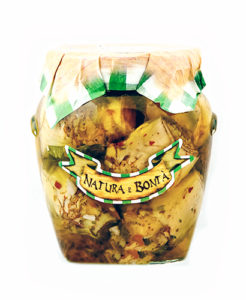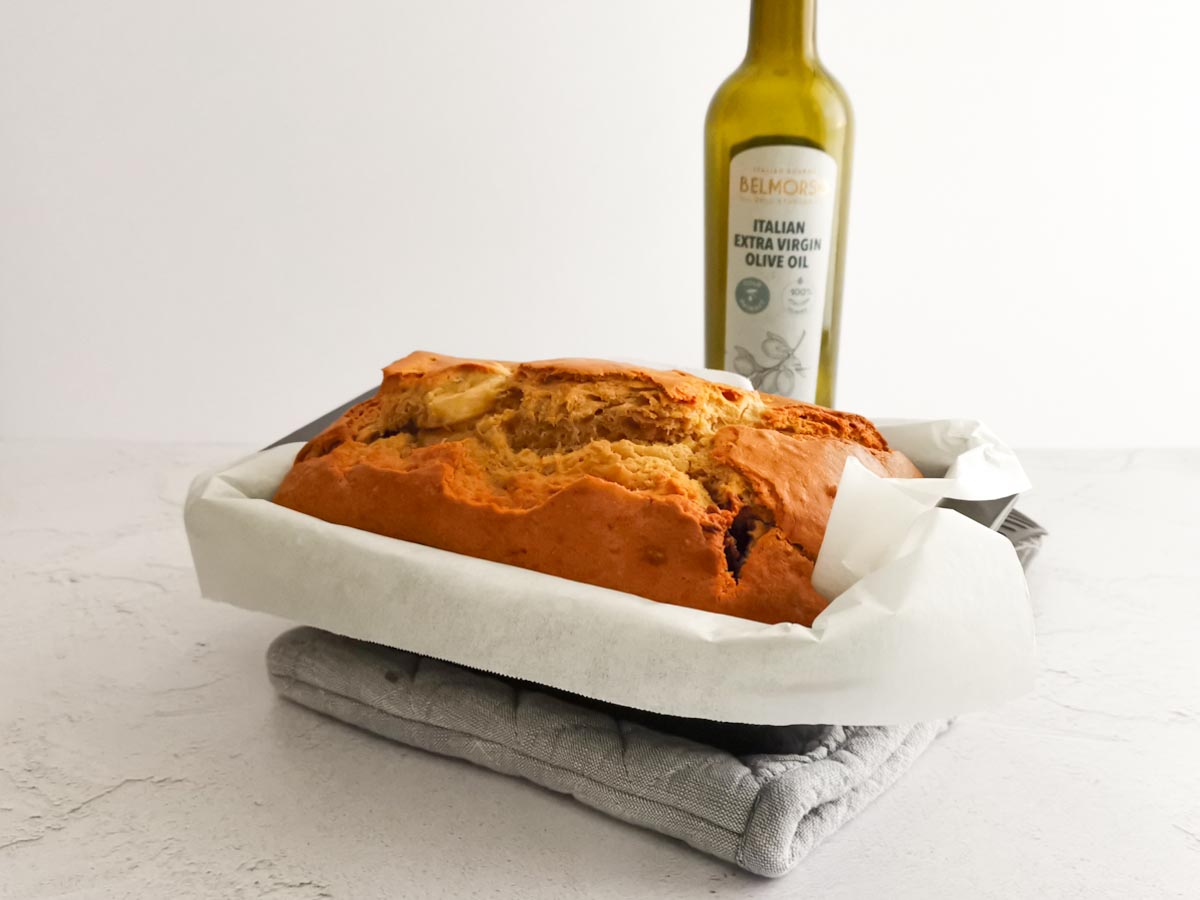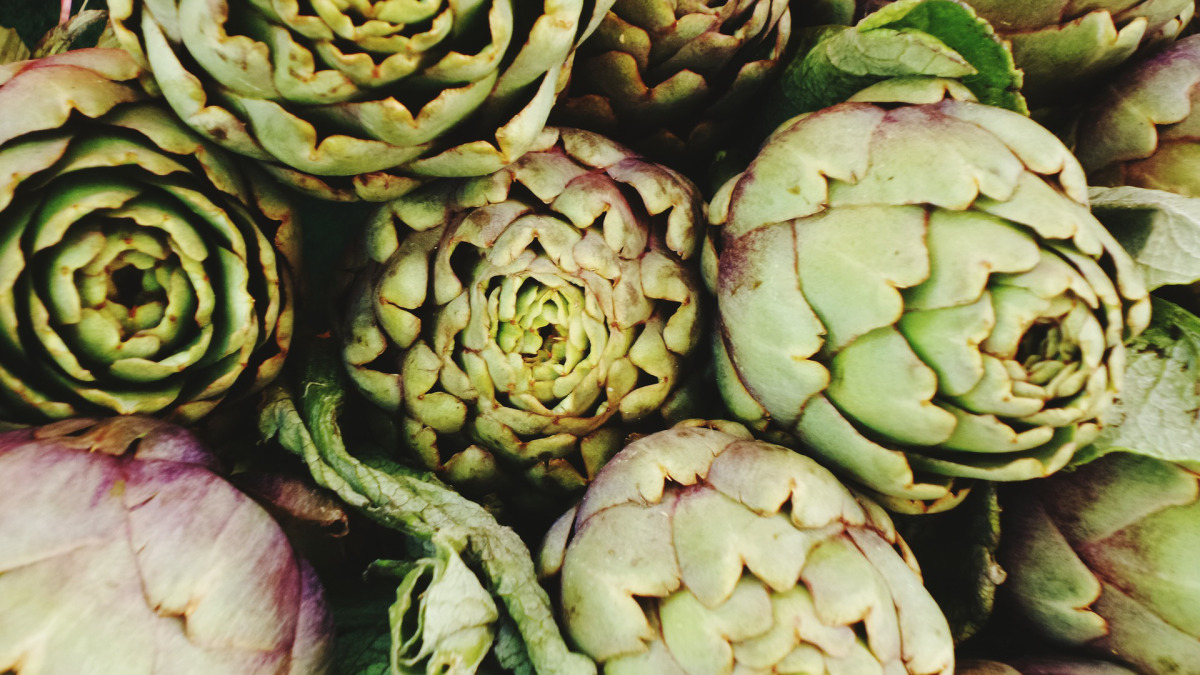
The Dinette Teller – 21. All you need to know about Artichokes
Artichokes are delicious and full of nutrients, vitamins and mineral salts.
Italy has become a major world producer with an average production of more than 500.000 tonnes and is cultivated on about 47.000 hectares.

You can find the best quality preserved artichokes in our store, our traditional recipe captures the delicate flavour of a Mediterranean spring to give a boost of taste to your recipes throughout the whole year! Try our Artichokes Patè, the Grandmother’s Recipe Artichokes or the Whole Grilled Artichokes!
NUTRITIONAL VALUES
The artichokes are well known for their high sensory quality. They are rich in Iron, mineral salts (calcium, phosphorus, sodium, potassium) and vitamins (A, B1, B2, C, PP). While they are also very low in calories.
They contain the principle “cynarine“, which is deemed responsible for the bitter taste but also for the beneficial action on the diuresis and the regularity of the bowel.

As a consequence, this amazing vegetable provides many benefits:
- CHOLESTEROL: reduce triglycerides and LDL-cholesterol (the bad one), while they increase the HDL-cholesterol (the good one);
- DIABETES: thanks to the high contribution of fibres;
- HYPERTENSION: thanks to the contribution of potassium;
- OVERWEIGHT: due to the satiety feeling and the laxative effect;
- CELLULITIS: thanks to the diuresis properties
- LIVER FUNCTION: great liver protectors
ARTICHOKES VARIETIES
They are two main categories:
- Fall varieties: common in the Southern part of Italy, where the season starts towards the end of October and finishing at the end of May. A great part of this harvest is dedicated to canning and preserving. Suppliers use traditional recipes and technics that have been passed on through generations. For that reason, this area is well known for producing marinated artichokes of the highest quality.

- Spring varieties: more frequent in the central and northern part of Italy, the season starts in February and continue until the end of May. There is a huge variety of delicious recipes that variate depending on the region where they are consumed.
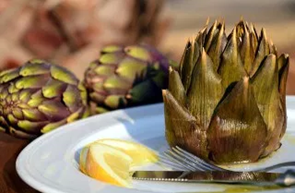
In Italy, there are more than 90 varieties, the most common are:
- Sardinien Spinoso: tapered and flavourful.
- Violetto of Tuscany: with a unique violet colour, better if cooked.
- Romano: typical of Rome, rounder and sweeter in taste.
- Violetto of Sicily: the most common in the South of Italy, suitable to be eaten either fresh or cooked.
The most renowned varieties are the “Tondo from Paestum”, the “Mammola Romanesca” and the “Sardinien Spinoso”. All of them are recognised as protected species and are considered to be of the highest quality.
TIPS
When you purchase your fresh artichokes, make sure that the stem is hard and straight, with a well-closed tip and dark green-violet, fleshy and crunchy leaves.

Quality Preserves
Italian producers have fantastic recipes and technics that they have passed through the generations and this product can now be enjoyed all year round!
Taste with Gusto if proud to be a supplier of a collection of the most delicious preserved artichokes available in Italy:
- Artichokes Patè: delicate and dainty flavour, it is perfect for many recipes. Try it warm to toss your pasta, or to add a touch of flavour to your sandwich and toasted bread. You can use it to give a boost of taste to your meat of white fish. Delicious in cold rice salads Perfect for brunches, snacks and appetisers.

- Grandmother’s Recipe Artichokes: The traditional family recipe, freshly prepared. It has a natural and fresh aroma with a slightly spicy flavour and unique crunchiness! Ideal as a side dish and It also goes perfectly with barbeques!
- Whole Grilled Artichokes: Definitely a fantastic combination of ingredients with a unique and special flavour. Tender and tasty. Perfect for any dish.
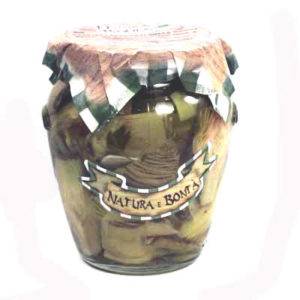
History of the artichokes
A vegetable that looks like a flower with a very ancient history. It was already known amongst Egyptians, Greeks and Romans as a wild vegetable. When Islam diffused into north Africa the Arabs introduced this vegetable into Mediterranean Europe, especially Spain.

Arabs depict artichokes In fact, the Italian word for “artichoke” is “carciofo”, which is meant to derive from the Arab “kharshuff” and the Spanish “alcachofa”. During the Middle Ages, Sicily was the first Italian spot for artichokes harvesting. In the following centuries, this vegetable gradually conquered the whole of Italy. Nowadays, Italy has become one of the biggest traders worldwide.
The biggest Italian plantations can be found in Puglia, Lazio, Campania, Sicily and Tuscany. Each area uses different methods and recipes.
LET’S COOK
The edible part of the plant is the flower but the first centimetres of the stem is also good. You have to remove the more external leaves because the most tender part is the central area.
However, the most external and bitter leaves can be used to make a broth. You can just boil it in not salted water to obtain an infusion that provides all the beneficial properties of the artichokes. Then, you can reuse the scented water, to enrich the flavour of a soup or a risotto.
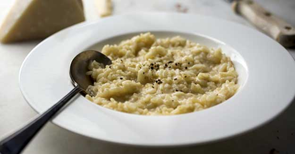
Use the scented water to enrich the flavour of other recipes In Italy, it is traditional to eat it them fresh, dipping the leaves in a mixture of Extra Virgin Olive Oil, lemon and salt. This is called “Pinzimonio”.

Pinzimonio Artichokes Alternatively, you can add it to your pasta or rice or use it as a side dish. It is also delicious just cooked in the pan, deep-fried or boiled. Artichokes can also be baked in the oven with other vegetables or filled with mincemeat.
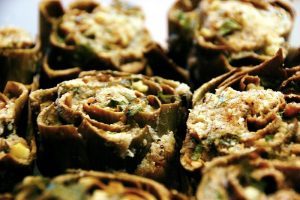
Stuffed artichokes

